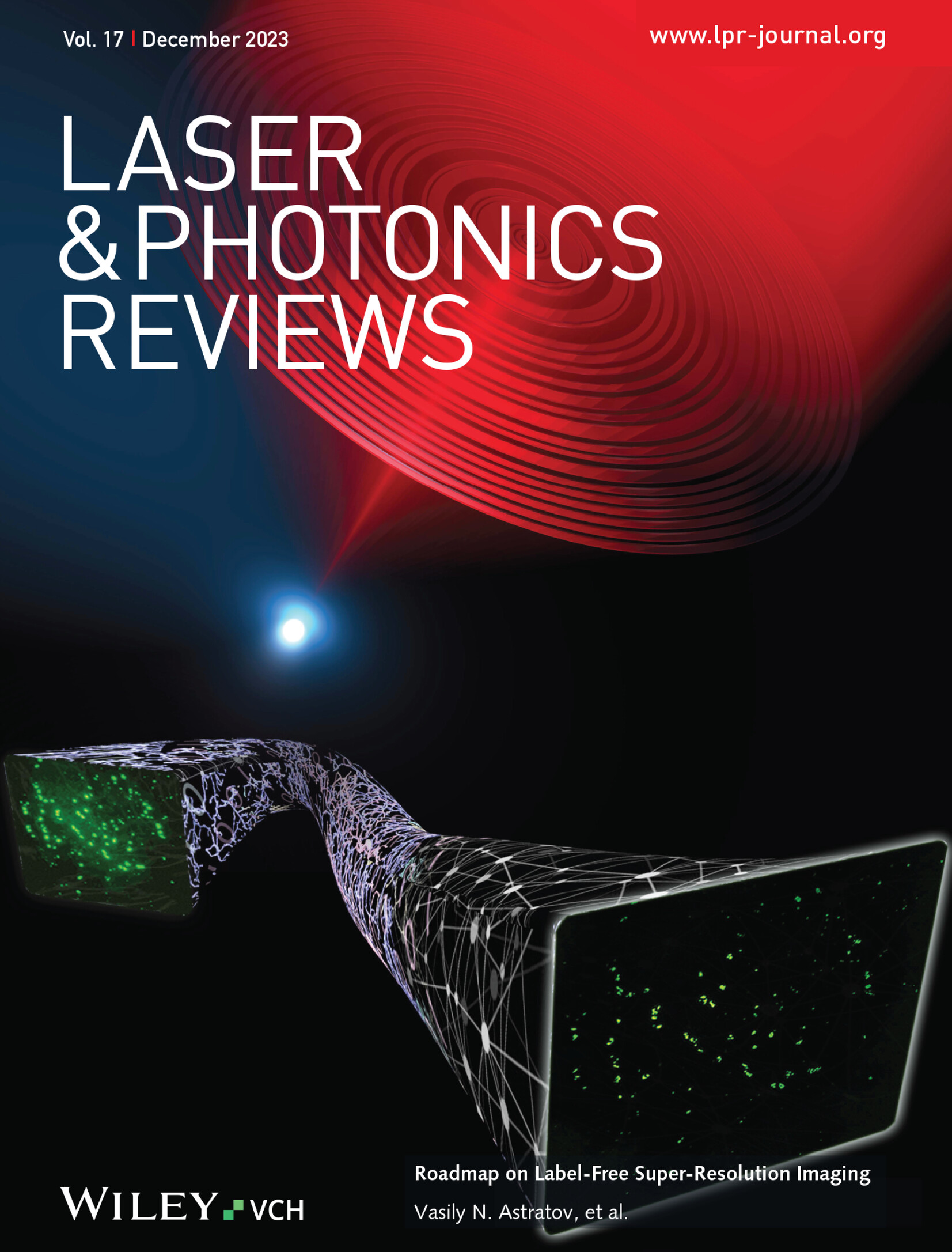How to Make Semi‐Polar InGaN Light Emitting Diodes with High Internal Quantum Efficiency: The Importance of the Internal Field
IF 9.8
1区 物理与天体物理
Q1 OPTICS
引用次数: 0
Abstract
The theoretical expectation of semi‐polar light emitting diodes (LEDs) is reviewed and compared it to the experimental data. The reported peak internal quantum efficiency (IQE) of non‐polar, and semi‐polar InGaN LEDs are always much lower than the standard polar (0001) oriented LEDs. Calculating the band structure and states including the n‐ and p‐doped layer of LEDs in many orientations, It is found that the inverted polarization‐induced fields for most common semi‐polar orientations like (112) or (201) causes the hole ground state to leak out of the quantum well (QW) into the p‐doped GaN above and by this a low wavefunction overlap and a strongly increased probability for non‐radiative recombination with point defect outside the QW. Based on the calculations, (111), (102), or (103) are predicted as best candidates for LEDs with higher IQE at higher current densities than (0001). LEDs in the uncommon semi‐polar (103) orientation on sapphire have been realized. The (103) LEDs showed the same IQE as (0001) LEDs but at a much higher current density due to the higher overlap of electron and hole wave functions, which is especially useful for micro‐LEDs.如何制造具有高内部量子效率的半极性 InGaN 发光二极管:内部场的重要性
本文回顾了半极性发光二极管(LED)的理论预期,并将其与实验数据进行了比较。据报道,非极性和半极性 InGaN 发光二极管的峰值内量子效率(IQE)总是远远低于标准极性(0001)方向的发光二极管。通过计算多种取向 LED 的能带结构和状态(包括正掺杂层和负掺杂层),我们发现,在最常见的半极性取向(如 (112) 或 (201) 取向)中,反极化诱导场会导致空穴基态从量子阱 (QW) 泄漏到上方的负掺杂 GaN 中,从而导致低波函数重叠,并大大增加了与 QW 外部点缺陷发生非辐射重组的概率。根据计算结果,(111)、(102)或(103)被认为是在较高电流密度下比(0001)具有更高 IQE 的 LED 的最佳候选材料。在蓝宝石上实现了不常见的半极性 (103) 方向的 LED。(103)LED显示出与(0001)LED相同的IQE,但由于电子和空穴波函数的重叠度更高,其电流密度要高得多,这对微型LED特别有用。
本文章由计算机程序翻译,如有差异,请以英文原文为准。
求助全文
约1分钟内获得全文
求助全文
来源期刊
CiteScore
14.20
自引率
5.50%
发文量
314
审稿时长
2 months
期刊介绍:
Laser & Photonics Reviews is a reputable journal that publishes high-quality Reviews, original Research Articles, and Perspectives in the field of photonics and optics. It covers both theoretical and experimental aspects, including recent groundbreaking research, specific advancements, and innovative applications.
As evidence of its impact and recognition, Laser & Photonics Reviews boasts a remarkable 2022 Impact Factor of 11.0, according to the Journal Citation Reports from Clarivate Analytics (2023). Moreover, it holds impressive rankings in the InCites Journal Citation Reports: in 2021, it was ranked 6th out of 101 in the field of Optics, 15th out of 161 in Applied Physics, and 12th out of 69 in Condensed Matter Physics.
The journal uses the ISSN numbers 1863-8880 for print and 1863-8899 for online publications.
文献相关原料
| 公司名称 | 产品信息 | 采购帮参考价格 |
|---|

 求助内容:
求助内容: 应助结果提醒方式:
应助结果提醒方式:


